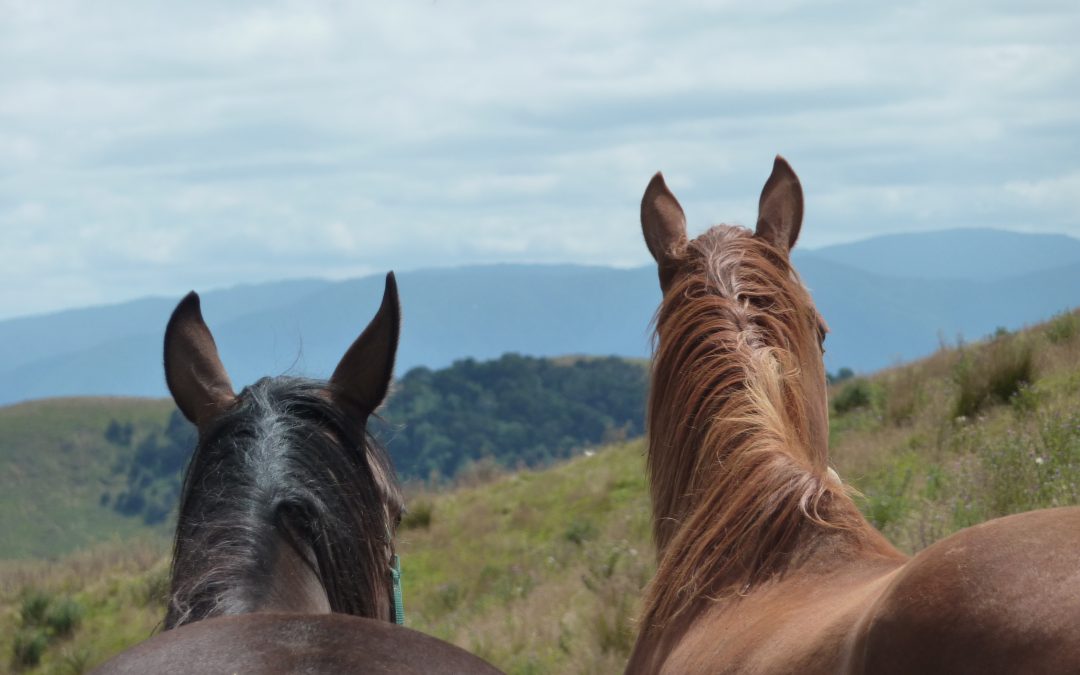The Golden Rule of Foaling
From the Horse Midwife
Hello to everyone reading! I hope you’re all doing well and keeping warm in New Zealand!
I’m currently away travelling around Europe so I’m fortunately enjoying much better weather than everyone back home!
This month’s column will be a little shorter than normal, for two reasons.
1. Because I’m away on holiday and writing this from a hotel in Munich with a tablet/keyboard setup (which also has no spellcheck function so please excuse any typos – I’m doing my best to try and pick them up!).
2. Because the information in this post is so important that I don’t want to crowd it with so much information that you forget the main point.
It’s literally so important that when people come to the Intro to Foaling Courses that I run with FoalEd, I stress to people that, if they take nothing else away from the day, that they understand what I call:
THE GOLDEN RULE OF FOALING
So I won’t muck you around – let’s get into it. What is the ‘golden rule of foaling’ and how is it going to help you?
It’s simple really. The Golden Rule of Foaling (GRF) is a ballpark set of ‘guidelines’ for tracking whether your mare’s foaling is progressing OK.
In humans labour can last a LONG time. I don’t personally have kids but I’m sure there are mothers out there they can attest to literally DAYS of labour after their water broke, before their child was actually delivered. This isn’t a problem in people.
This is a problem in horses. A BIG problem.
Quick Overview of Labour
In later blogs we’ll look at the Three Stages of Labour and go through some of the details with a little bit more focus, but for now it is suffice to say that a mare’s labour is very different to a human’s.
We call the bit between when the mare’s water breaks and when the foal is delivered ‘Stage 2 Labour”. And while this stage can be reeeeeeally long in humans, it is referred to as the “explosive stage” in horses. (Please note that explosive refers to the speed at which things progress, rather than any literal explosions of anything).
A normal Stage 2 Labour should take no longer than 20 – 30 minutes from when the water breaks to when the foal is delivered. Obviously this is a rough timeframe and each mare has their own ‘normal’ (a column for another month perhaps) but for the most part this is the rough guideline we work to.
As part of the foaling attendant’s role in Stage 2 Labour the presentation (position) of the foal is checked (also a post to write at another time) – and in 97% of cases is positioned perfectly.
So how do you know if something is going wrong?
I give you the Golden Rule of Foaling, or the 5/30 rule.
If the mare has been pushing (and I mean really pushing, not pretend ‘hope-it-will-fall-out-on-its-
OR
It has been more than 30 minutes since the water broke and the mare is not progressing well and pretty close to delivering the foal,
THEN
It is likely that there may be a problem of some sort. Generally this means that the foal is in the wrong position and in most cases will require vet assistance to get the foal out.
These are the timeframes I use when I’m foaling a mare myself (even when I’ve checked the presentation myself – because not all abnormal positions or foaling issues can be felt to start with).
As part of our Training Courses we cover the correct and incorrect positions of the foal, as well as how to manipulate and correct minor issues and how to know when to call a vet. But at the heart of making that decision about whether something is going wrong is the 5/30 Rule. This is a tool that you don’t need any past experience foaling to use or understand, and all it requires is for you to take note of the timings as your mare passes her foaling milestones.
Remember this rule as a guideline, but also remember that even if you call the vet and they’re not needed it’s better to be safe than sorry and, if nothing else, having the vet there is good for your peace of mind and a great opportunity to learn a little bit more about foaling (albeit a slightly expensive way to do it!).
Until then, happy foaling all!
The Horse Midwife
P.S. if you have a question please feel free to check out our
Website (www.FoalEd.co.nz) or
Facebook Support Group (www.facebook.com/groups/
For more information on signs of foaling, check out the Part 1 and Part 2 posts on Foaling Maiden Mares



Trackbacks/Pingbacks